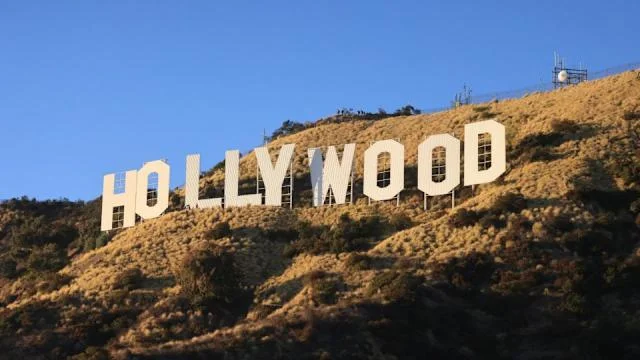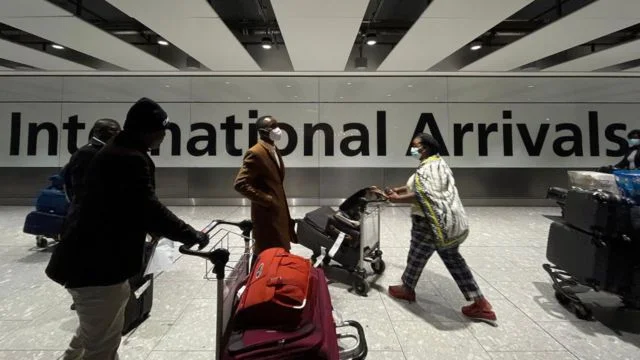President Donald Trump announced on September 29, 2025, a 100% tariff on all films made abroad and imported to the U.S.
The move, shared on Truth Social, targets the entertainment sector, extending Trump’s protectionist policies to cultural exports.
Hollywood’s Global Model at Risk
U.S. studios depend on international co-productions for funding and revenue.
Overseas locations like Canada, the UK, and Australia offer tax incentives that lower costs. Trump’s proposal could end this, forcing higher budgets and limiting creative options.
Trump’s Rationale
Trump called foreign film production “stolen from America,” likening it to taking candy from a child. He aims to protect domestic jobs and boost U.S. filmmaking, but details on enforcement remain unclear.
Industry Reactions
Major studios like Warner Bros Discovery, Paramount, Skydance, and Netflix have not commented. Comcast declined to respond.
Analysts like Paolo Pescatore of PP Foresight warn of uncertainty. “This raises more questions than solutions,” he said.
Potential Impacts
The U.S. film industry enjoyed a $15.3 billion trade surplus in 2023, with $22.6 billion from exports. Tariffs could reverse this, hurting workers in visual effects, crews, and distribution. Consumers might see ticket prices rise as studios pass on costs.
Call for Incentives
In May 2025, Trump first hinted at tariffs, prompting film unions to push for U.S. tax breaks instead. These would encourage local production without penalizing global partnerships.
Legal Questions
The proposal’s legal basis is uncertain. Trump’s team hasn’t clarified how it would apply to specific countries or co-productions. This vagueness adds to Hollywood’s concerns.
Why It Matters
Hollywood’s international ties generate billions and employ thousands. Tariffs could shrink the market, stifle creativity, and challenge U.S. leadership in global entertainment.
What’s Next
As Trump’s plan unfolds, studios may lobby for exemptions or domestic incentives. The outcome could reshape Hollywood’s business in 2025 and beyond.























